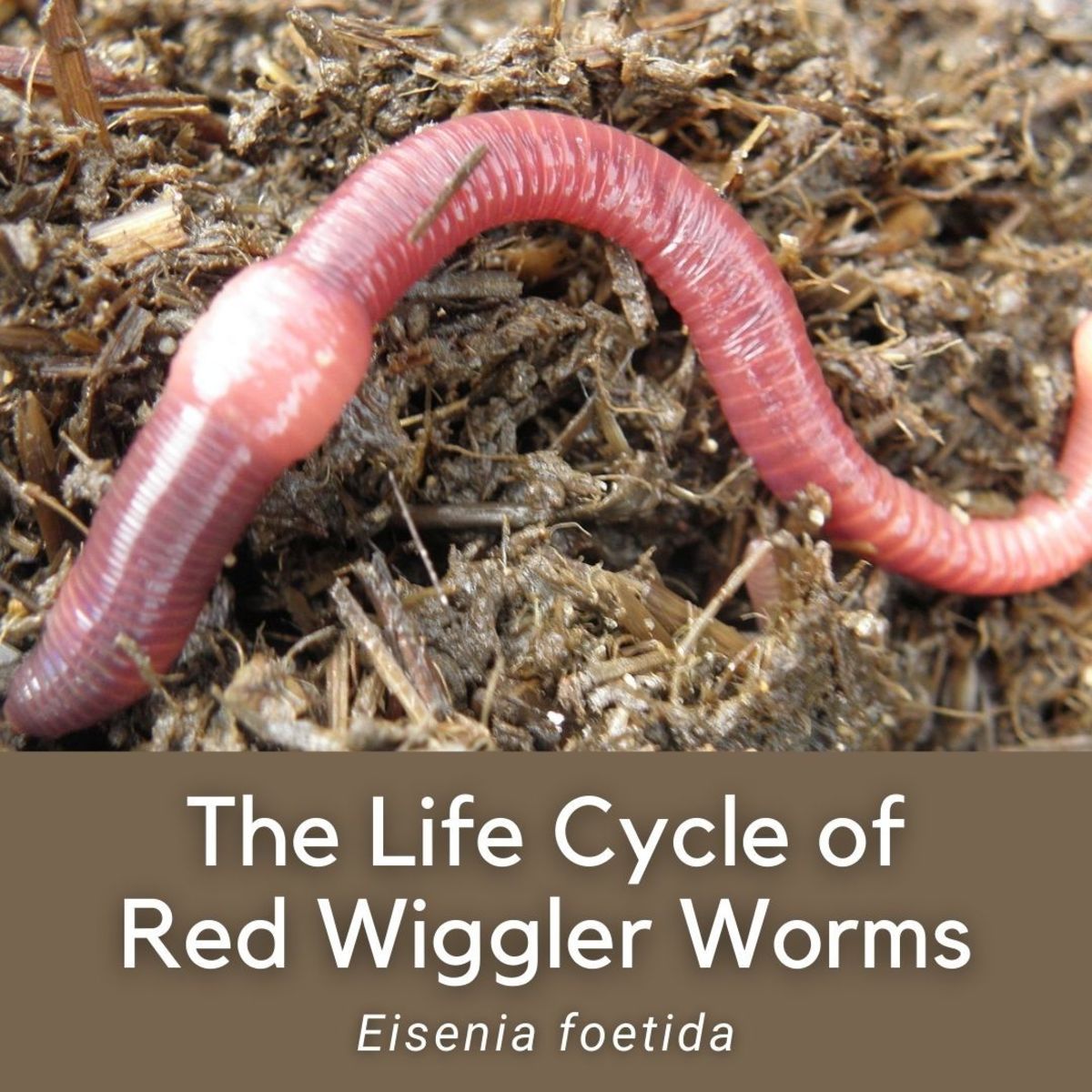Red Wiggler Worms - All-natural Remedy for Eco-friendly Composting
Red Wiggler Worms - All-natural Remedy for Eco-friendly Composting
Blog Article
Optimizing the Advantages of Red Wiggler Worms: A Comprehensive Guidebook for Home Gardeners and Urban Farmers
In the realm of lasting gardening practices, red wiggler worms stand as unhonored heroes, quietly changing organic waste right into nutrient-rich castings that can work marvels for soil health. As home garden enthusiasts and metropolitan farmers increasingly seek economical and ecologically pleasant methods to enhance their gardens, the possible benefits of harnessing the power of red wigglers can not be overstated. From minimizing cooking area waste to cultivating healthier plants, the application of these simple animals offers a myriad of advantages. By checking out the ins and outs of just how to effectively take care of and take full advantage of the advantages of red wiggler worms, people can unlock a wealth of chances for boosting the sustainability and productivity of their gardening ventures.
Comprehending Red Wiggler Worms
Red Wiggler worms, renowned for their effective composting capacities, are a species of earthworms commonly made use of in vermiculture practices. These worms, clinically recognized as Eisenia fetida, grow in decaying natural material, making them perfect prospects for composting.
One trick quality of Red Wiggler worms is their reproductive rate. These hermaphroditic creatures possess both male and women reproductive body organs, permitting them to duplicate rapidly under favorable conditions. A mature Red Wiggler can create several children in a short period, making sure a constant populace within a composting system.

Establishing a Worm Bin
When developing a worm bin for vermiculture functions, appropriate prep work and attention to detail are crucial for creating a conducive atmosphere for Red Wiggler worms. Begin by choosing an ideal container for your worm container.

Area the worm bin in an awesome, dark location away from direct sunshine and extreme temperature levels. By complying with these actions, you can set up a thriving worm container that will effectively refine organic waste right into nutrient-rich vermicompost for your garden.
Feeding and Keeping Worms
Ensuring a well balanced and healthy diet regimen is vital for the health and performance of Red Wiggler worms in a vermiculture system. Red Wigglers are voracious eaters, efficient in consuming their own body weight in natural matter daily. To keep a flourishing worm population, it is necessary to supply them with a selection of food scraps such as vegetables and fruit peels, coffee premises, tea bags, and smashed eggshells. It is essential to stay clear of feeding them citrus fruits, onions, garlic, milk products, meat, and oily foods as these can be dangerous to the worms or trigger undesirable odors in the bin.
Appropriate wetness levels are also critical for the health of Red Wiggler look at these guys worms. By faithfully monitoring their diet regimen, wetness, and environmental conditions, home garden enthusiasts and city farmers can sustain a healthy and effective Red Wiggler worm populace for composting objectives.
Gathering Worm Spreadings
To effectively extract nutrient-rich worm spreadings from the vermicompost, a systematic harvesting procedure is important for making the most of the composting advantages. The first action in harvesting worm spreadings is to motivate the worms to move to one side of the bin.
After the spreadings have actually been harvested, it is essential to separate any kind of remaining worms from the castings to stay clear of hurting them throughout storage or application. One efficient approach is to create cone-shaped stacks of spreadings under intense light. Worms will instinctively relocate away from the light, enabling simple splitting up and removal.
Lastly, the gathered worm spreadings should be stored in a great, dark, and dry area to maintain their high quality and performance as a nutrient-rich dirt amendment. By following these steps, home garden enthusiasts and city farmers can make best use of the benefits of red wiggler worms in their vermicomposting systems.
Using Worm Castings in Horticulture
The incorporation of nutrient-rich worm castings into yard dirt can dramatically enhance plant growth and general soil wellness. Worm spreadings, additionally called vermicast, are a natural fertilizer created by red wiggler worms as they break down natural issue. These castings are abundant in vital nutrients like nitrogen, phosphorus, potassium, and valuable germs that advertise plant development and enhance soil structure.
When utilizing worm castings in gardening, it is vital to blend them completely into the soil or use them as a leading clothing around plants. The slow-release nature of worm spreadings makes certain a steady supply of nutrients to plants in time, lowering the threat of nutrient leaching and promoting lasting dirt fertility. In addition, worm castings help improve dirt oygenation, water retention, and microbial activity, developing a healthy and balanced setting for plant read what he said origins to grow.

Conclusion
In verdict, the usage of red wiggler worms in home gardening and urban farming can substantially profit dirt health and plant growth. By comprehending just how to set up and maintain a worm bin, feed the worms effectively, and collect their nutrient-rich castings, garden enthusiasts can make best use of the benefits of these earthworms.
In the realm of lasting horticulture practices, red wiggler worms stand as unsung heroes, quietly transforming natural waste right into nutrient-rich spreadings that can work wonders for soil health.When establishing a worm container for vermiculture objectives, correct prep work and useful source interest to detail are important for creating a conducive environment for Red Wiggler worms. The initial action in collecting worm spreadings is to motivate the worms to migrate to one side of the bin. Worm castings, likewise understood as vermicast, are a natural fertilizer generated by red wiggler worms as they damage down organic matter. By understanding how to establish up and keep a worm container, feed the worms properly, and harvest their nutrient-rich spreadings, garden enthusiasts can maximize the advantages of these earthworms.
Report this page